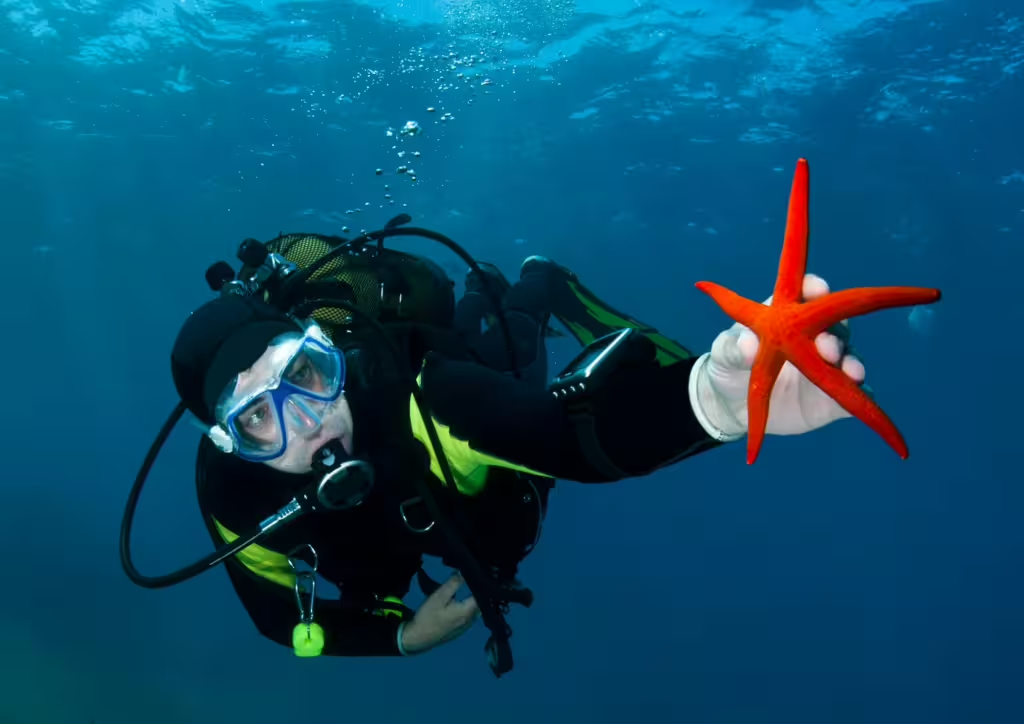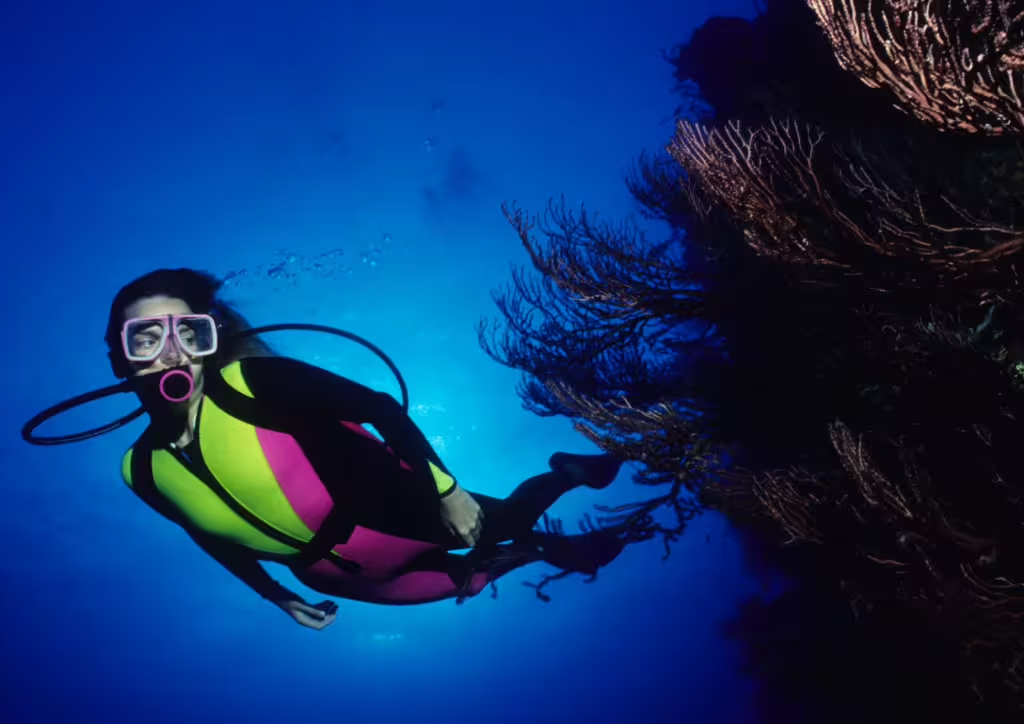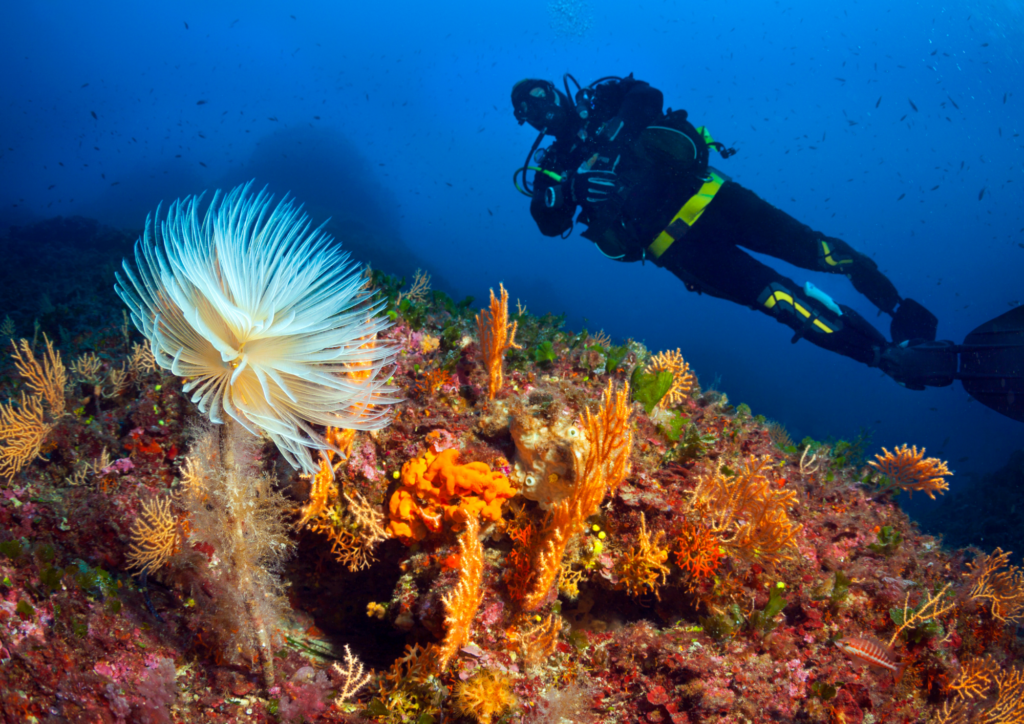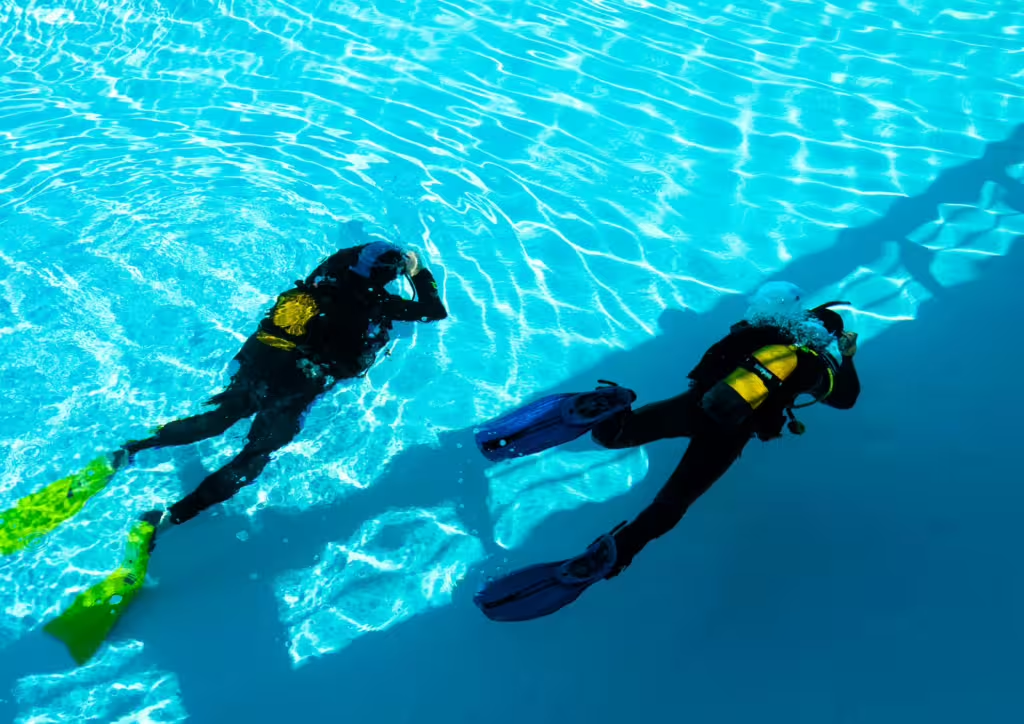If you’ve ever dreamed of exploring the depths of the ocean, enrolling in a diving course in Bali could be your gateway to adventure. However, timing your enrollment is crucial to ensure you experience the best diving conditions and visibility. In this blog, we will explore the ideal times to take a diving course in Bali, helping you make the most of your underwater journey.
Understanding Bali’s Diving Seasons
Understanding Bali’s diving seasons is essential for anyone looking to enroll in a Diving Course in Bali. The island experiences distinct wet and dry seasons, which play a significant role in water visibility, currents, and marine life encounters. The dry season, typically from April to November, offers calm seas and optimal visibility, making it an ideal time to take a Diving Course in Bali. During these months, divers can explore vibrant coral reefs and experience the rich biodiversity that Bali is famous for.
Popular dive sites like Tulamben and Amed are especially accessible during this season, ensuring your Diving Course in Bali is both enjoyable and enriching. Conversely, the wet season runs from December to March, bringing increased rainfall and occasional rough seas. Although this period can present challenges, it’s still possible to take a Diving Course in Bali, especially for those seeking unique encounters and fewer crowds.
Even during the rainy season, a Diving Course in Bali can offer unforgettable experiences, such as sightings of certain marine species and dramatic underwater conditions. Ultimately, timing your enrollment based on seasonal variations will enhance your diving journey, ensuring you get the most out of your adventure beneath Bali’s stunning ocean surface.
Weather Conditions and Their Impact on Diving

Bali’s tropical climate plays a crucial role in determining the best time to enroll in a diving course in Bali. Generally, the dry season, which spans from April to October, offers optimal weather conditions for diving enthusiasts. During these months, visibility under the water is exceptional, often reaching up to 30 meters. Additionally, the calm waters make it easier for beginners to acclimatize and improve their skills without being affected by strong currents or adverse weather conditions. The stable temperatures of both the air and water during this period create an inviting atmosphere for divers looking to explore Bali’s vibrant underwater ecosystems.
Best Months for Visibility and Marine Life
When planning to enroll in a Diving Course in Bali, understanding the seasonal variations is crucial for maximizing your underwater experience. The best months for visibility typically span from April to November, during the dry season. This period boasts exceptional underwater visibility, often exceeding 30 meters, allowing divers to fully appreciate the vibrant coral reefs and diverse marine life that Bali is known for. Additionally, March signals the start of the dry season, so early bookings during this time can also reward you with favorable conditions and the chance to spot magnificent creatures like manta rays and mola-mola fish.
Peak Diving Seasons vs. Off-Peak Benefits
Bali is renowned for its stunning underwater landscapes and rich marine biodiversity, making it an ideal destination for those seeking to enroll in a diving course in Bali. The peak diving seasons, typically from April to November, attract a surge of enthusiastic divers looking to explore the vibrant coral reefs and abundant marine life. During these months, the water visibility is at its best, and the weather is pleasantly warm, providing an exhilarating experience for diving enthusiasts.
However, with the influx of tourists, dive sites can become crowded, potentially detracting from the tranquility that diving offers. On the other hand, enrolling in a diving course in Bali during the off-peak season, from December to March, can provide unique benefits. Not only are dive sites less crowded, allowing divers to enjoy a more personalized experience, but prices for courses and accommodations often drop significantly during these quieter months.
Additionally, while visibility may be slightly reduced with more plankton blooms, this time can offer the chance to witness larger marine animals, such as manta rays and whale sharks, which are seasonally present. Thus, whether you choose to dive in the peak season or embrace the off-peak perks, Bali offers a diverse underwater adventure year-round.
Choosing the Right Diving Course for Your Schedule

Choosing the right diving course in Bali can significantly enhance your overall diving experience, especially when it comes to aligning it with your schedule. Bali, with its stunning underwater landscapes and rich marine biodiversity, offers various diving courses catering to different skill levels — from beginner to advanced. If you are a novice, it’s wise to opt for beginner courses during the dry season, which typically runs from April to October.
This period not only provides optimal visibility underwater but also ensures calmer seas, making it ideal for learning the fundamentals of diving without the added stress of unpredictable weather conditions. Alternatively, if you’re an experienced diver looking to take specialized courses or certifications, consider enrolling during the off-peak season, from November to March.
This timeframe can offer more flexible schedules and fewer crowds, allowing for personalized instruction and a more relaxed atmosphere. Additionally, many dive schools may offer discounts or package deals during these months, making it economically favorable. Regardless of when you choose to take a diving course in Bali, planning ahead by researching various options and understanding seasonal conditions can lead to a rewarding and unforgettable diving adventure.
Local Festivals and Events to Consider
Bali’s vibrant culture and rich traditions are celebrated through numerous local festivals and events, making it an exciting time to plan your diving course in Bali. The island’s festive atmosphere during celebrations like Nyepi, the Day of Silence, offers a unique opportunity for divers to immerse themselves in local customs while getting acquainted with the underwater world.
This time of year typically sees a decrease in tourist activity, allowing for a more personalized diving experience, as the waters are calmer and visibility is often clearer. Participating in local events can enhance your overall experience, blending adventure with cultural insight in one of the most beautiful dive destinations in the world.
Moreover, events such as the Bali Arts Festival, which runs from June to July, attract visitors and locals alike, creating a lively atmosphere conducive to socializing and making new friends. The influx of people during festivals opens doors to group diving courses, which can enhance your learning experience through shared adventures.
Consider planning your diving course around these festivals to enjoy the dual thrill of diving and cultural exploration, ensuring a memorable experience on this enchanting island. The blend of thrilling underwater exploration and rich cultural engagement makes Bali not just a diving destination but a culturally immersive adventure during festive seasons.
Cost Considerations Throughout the Year

When planning to enroll in a diving course in Bali, understanding the cost variations throughout the year is essential for budgeting. Generally, diving courses fluctuate in price depending on the tourist season. The high season, which runs from April to October, not only attracts more divers but also results in higher prices for courses and accommodations. For those seeking a budget-friendly option, considering enrollment during the low season, from November to March, often allows for lower rates and promotions.
During these months, some dive schools reduce prices to attract more customers, making it an excellent time to dive into the adventure without breaking the bank. Furthermore, the cost of living in Bali also provides an advantage for divers during the off-peak months. Many local businesses offer discounts on food, transportation, and excursions, creating an overall more economical experience.
By choosing to take your diving course during this less crowded period, divers can not only save money but also enjoy a more personalized diving experience with fewer crowds. Ultimately, aligning your dive course enrollment with these cost considerations will enable you to dive deeper into the beauty of Bali without the financial strain, maximizing your underwater adventure.
Dive In and Make Memories Year-Round
In conclusion, enrolling in a diving course in Bali offers an unmatched experience no matter the season. Each time of year brings its own unique beauty, whether it’s the vibrant marine life during the dry season or the tranquil waters of the wet season. By understanding the seasonal patterns, you can tailor your diving adventures to suit your preferences, ensuring an unforgettable journey as you explore the underwater wonders of Bali.
Ultimately, the best time to dive is when you’re ready to immerse yourself in the aquatic beauty that Bali has to offer. So gear up, embrace the adventure, and take the plunge into the stunning underwater world—each dive will surely leave you with memories that last a lifetime.

